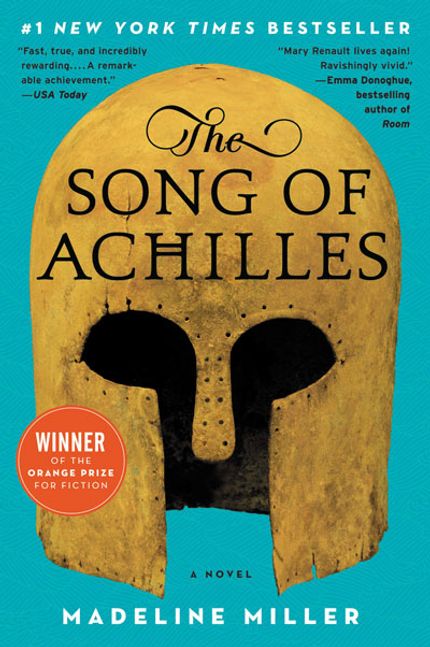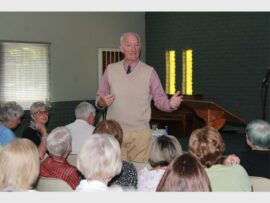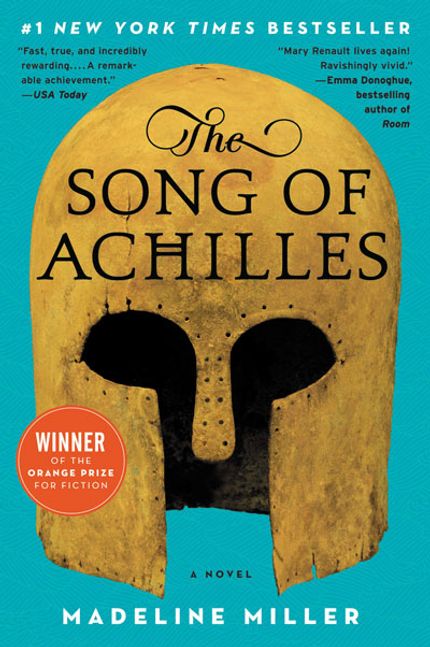
Sold a Story, the podcast series from American Public Media, is essential listening for parents and teachers. Through six episodes, host Emily Hanford documents how schools failed to adequately teach reading to students over the past thirty years. In her telling, curricula based on the work of education scholar Marie Clay came to dominate reading instruction in American classrooms, despite a dearth of evidence showing their effectiveness. It’s likely that these programs even hurt students’ ability to read by deemphasizing—or completing ignoring—phonics instruction.
As a parent, the series has made me adamant that my son—now on the cusp of entering prekindergarten—receive high-quality, research-backed reading instruction from his future school. As a former teacher, however, each episode feels like a punch in the gut. That’s because I was using those shoddy curricula for the better part of a decade in my own kindergarten, first, and second grade classes.
In the same way that most parents want the best for their children, most teachers want the best for their students. Not only did I fail to provide the best reading instruction to my students, I used material that might have damaged their long-term reading ability. Realizing this now fills me with regret for those children who struggled to turn letters into words and words into ideas because they never got the help they needed. It’s a regret from which I hope other teachers learn. But the responsibility for change does not fall on teachers alone. I also hope that parents, policymakers, and the general public demand high-quality, research-backed instructional materials for all students.
The reading curricula we need to jettison are those based on Clay’s work: the Leveled Literacy program of Irene Fountas and Gay Su Pinnell (referred to as F&P by most teachers); and the Units of Study by Lucy Calkins. Hanford is correct in describing these two programs as ubiquitous in American classrooms (I used one or both almost every year I taught). Hanford also accurately describes what reading instruction looks like in these systems. Reading behaviors are privileged over reading mastery. Teachers show students what “good readers” supposedly do and have them go through the same motions.
One of the first behaviors that students are taught to copy is finding a comfortable spot in which to sit with a book. Students as young as five are told to read independently (i.e., with no teacher support or guidance) in cozy spots around the room. It might be sitting at a table, or lying on the floor, or even in the hallway. I knew a teacher that collected cardboard boxes and built individual “reading forts” for her students.
This trades the appearance of reading for the actual thing, a phenomenon which Robert Pondiscio has described as “cargo cult” reading. In a classroom of twenty-five students, no one teacher is conferring with each child during independent reading. Students are on their own, often making errors, with no one to correct them. And that’s if they’re reading at all. Administrators eventually trashed those reading forts when it became clear that many students were off task. I’m pretty sure more than one was caught napping.
Book selection is another imitated reading behavior. Students are taught that good readers choose books that interest them. So, each week, students “book shop” from the classroom library. While teachers are responsible for building this library, they don’t assign specific books to students. A student is free to select five books that are all about tigers. The same goes for the student who’s interested in space exploration or motocross. As long as the books are on students’ predetermined reading level, they’re fair game (book leveling presents its own thorny issues, too complex to explore here). In theory, this allows them to explore their passions, which in turn builds intrinsic motivation to read. Why assign kids books they’ll find boring when you can turn them into life-long readers through freedom of choice?
In practice, many students select books on the same topic for weeks (or even months) on end. Students—like adults—can become set in patterns of behavior that are difficult to break on their own. Part of a teacher’s job should be to guide students beyond these patterns and expose them to new information, new ideas, and new ways of doing things. Book shopping makes that difficult, if not impossible. Instead, students begin to construct their own information silos.
And that’s assuming students are learning any worthwhile content from their self-chosen books. I had a student that would pick the Guinness Book of World Records every week. Other students are completists: They’ll finish every entry in a series like Magic Treehouse or Bad Guys, which are repetitive to the point of being predictable. Other students simply choose the easiest books available, even if they could handle more challenging titles. More than a decade ago, Kathleen Porter-Magee pointed out that using this “just right” model of book selection ensures that students who are behind in reading never catch up to the peers who are on grade level.
At the time, I had doubts about these reading programs but failed to act on them. Thankfully, teachers no longer need to make the same mistakes. The science of reading—a growing body of academic research that analyzes how children become literate—shows us what works for early readers: systematic and explicit phonics instruction. Kids need to know what sounds letters make. They need to know how to blend those sounds together into words. They need to practice these skills in decodable texts. When these skills are supported with teacher read-alouds and scaffolded readings from rich, complex texts, they support kids in becoming fluent readers. Not only are these strategies more effective than those found in F&P and the Units, they’re also simpler and easier to replicate across classrooms, schools, and districts. This doesn’t mean that students should never explore their interests or choose their own books for reading. However, it does mean that teachers should choose appropriate materials for direct instruction.
Thankfully, the tide is turning. Journalists like Hanford are raising awareness about reading instruction. Programs aligned to the science of reading are gaining popularity and have become mandated in several states. Even Lucy Calkins—the once highly-lauded and highly-compensated creator of the Units of Study—has been a forced to admit the importance of phonics instruction.
Most importantly, the public has access to information on what works. Websites like EdReports rate the effectiveness of most commercially-available curricula. Google Scholar puts decades of academic research at the fingertips of anyone who cares to search. With these tools, parents and teachers can make long-overdue changes to reading instruction in the classroom. They should waste no time in demanding that all students be taught to read with high-quality, research-backed curricula.








